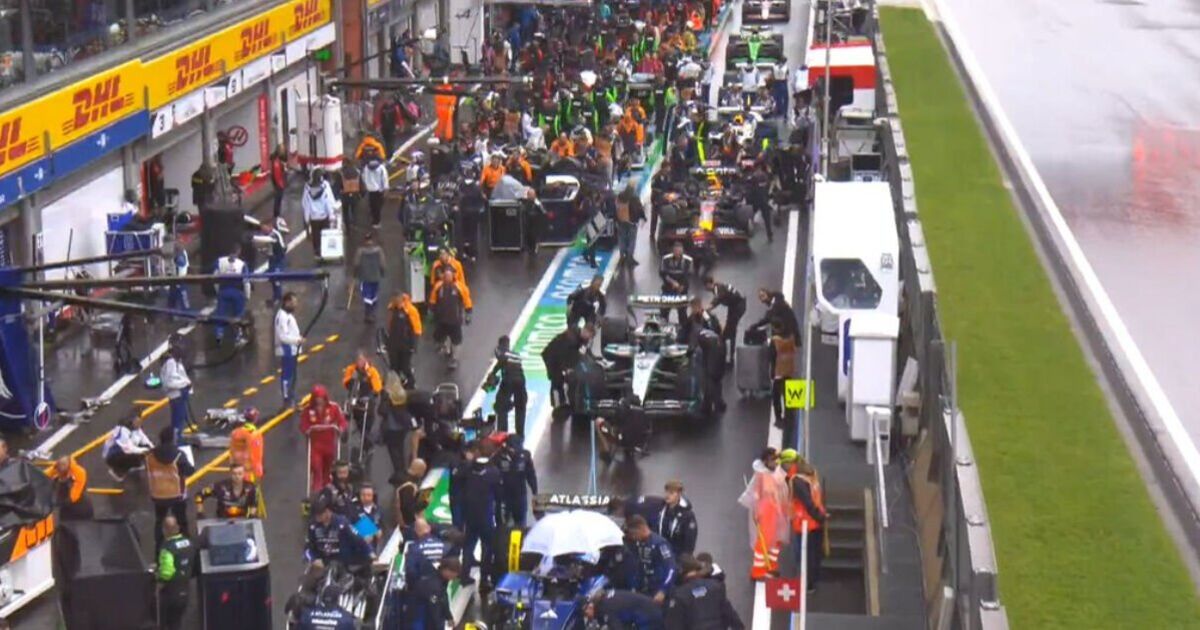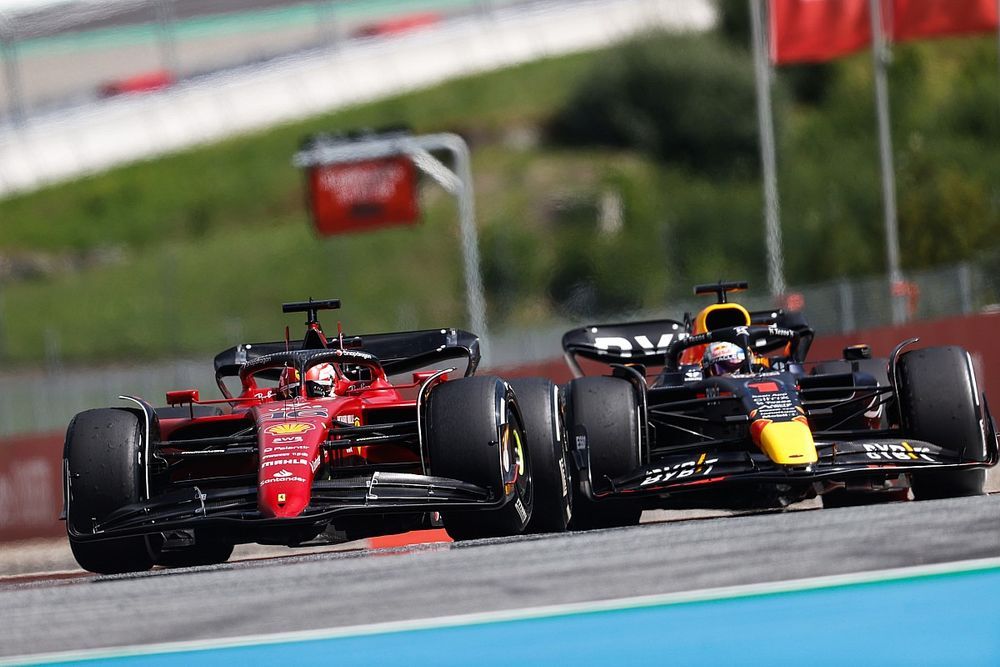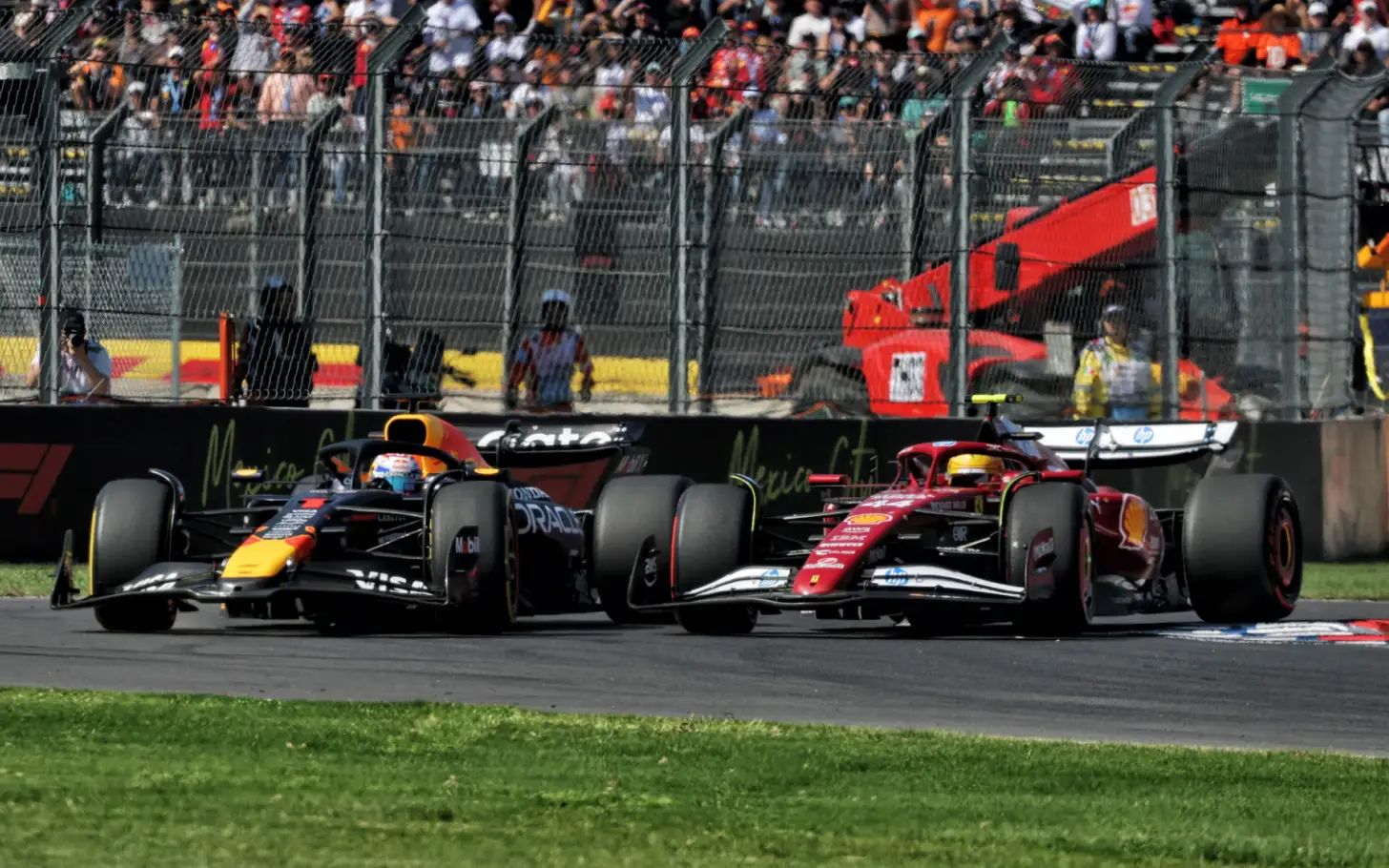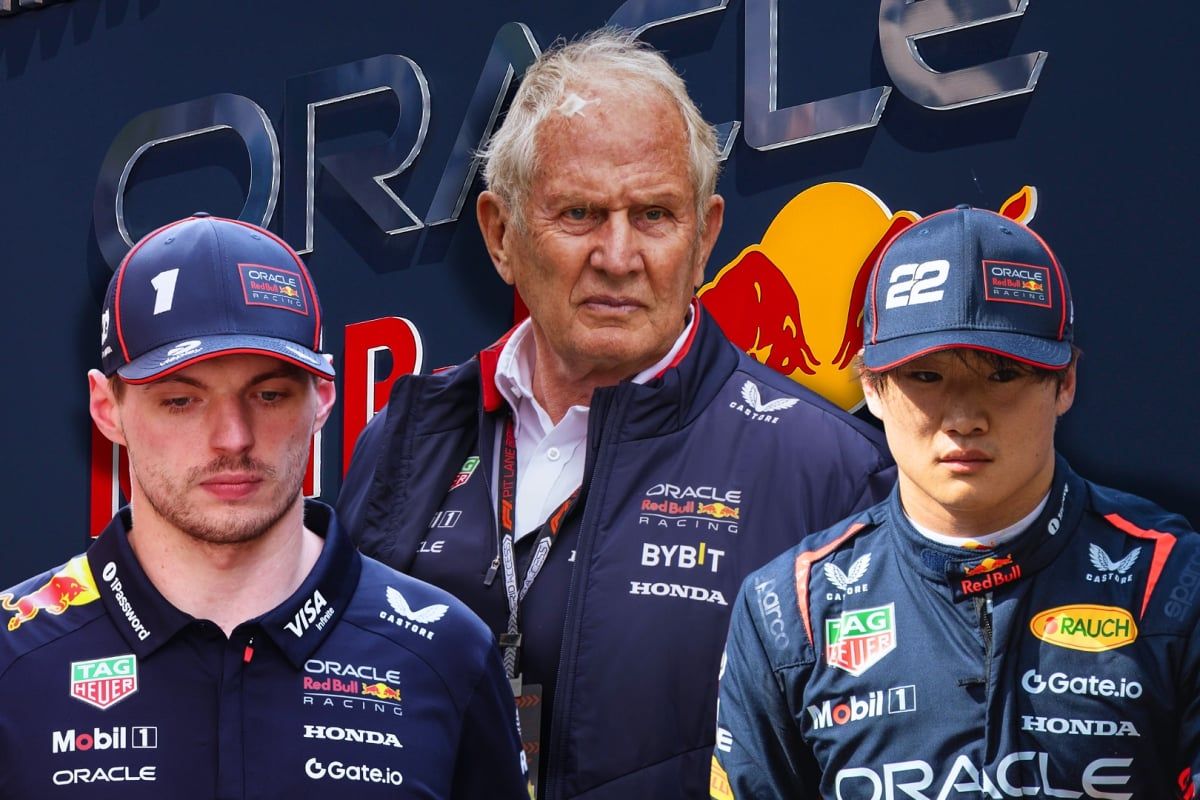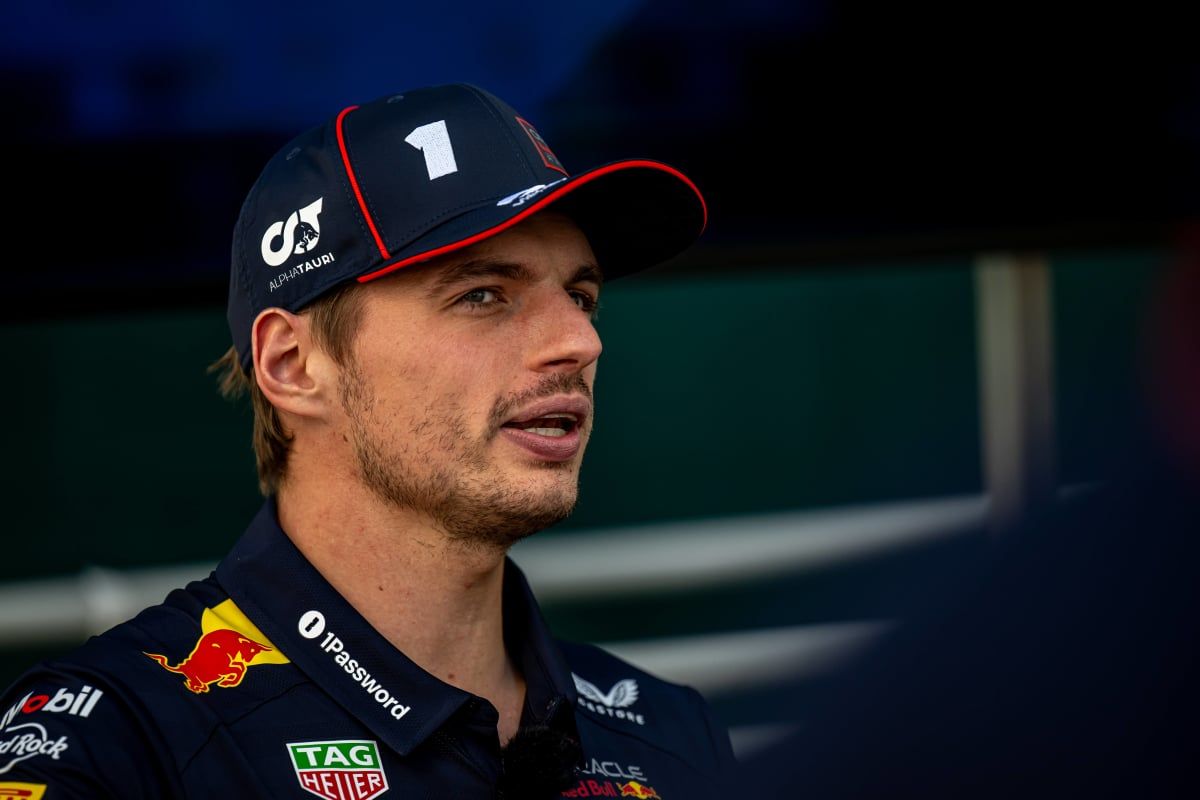Belgian Grand Prix Start Delayed Verstappen’s Ire Ignites Controversy Over FIA D… read more
The Belgian Grand Prix, a highly anticipated Formula 1 race, faced an unexpected delay sparked by a controversial FIA decision and the subsequent outburst of reigning world champion Max Verstappen. The incident, unfolding before a packed Spa-Francorchamps circuit, highlighted simmering tensions between drivers and the governing body regarding race management and safety procedures. The delay, ultimately extending the start by several minutes, disrupted the meticulously planned race schedule and added a layer of dramatic unpredictability to the already high-stakes event.
The source of the controversy centered around a relatively minor incident involving a stray piece of debris – a small carbon fiber component believed to have detached from a car during a previous session – that had been reported on track. While seemingly insignificant, the FIA, in its pursuit of ensuring utmost safety, deemed it necessary to initiate a “virtual safety car” (VSC) period before the race start. This procedure, implemented to slow down the field and prevent accidents in hazardous conditions, essentially mandated drivers to reduce their speed, effectively disrupting the carefully calculated pre-race preparations and formation lap routines.
Verstappen, known for his competitive intensity and outspoken nature, reacted vehemently to the decision, publicly expressing his displeasure through team radio and later in post-race interviews. He argued that the VSC deployment was overly cautious and unnecessary, given the relatively small size and seemingly insignificant nature of the debris. His frustration stemmed not only from the disruption to his race strategy but also from a perceived inconsistency in the FIA’s application of safety regulations, suggesting that similar incidents in previous races had not warranted such drastic measures. He felt the FIA was unnecessarily interfering with the competitive aspect of the race, emphasizing the drivers’ expertise in handling track hazards.
Verstappen’s outburst wasn’t merely a display of frustration; it reflected a growing sentiment amongst several drivers concerning the increasing prevalence and seemingly arbitrary application of VSC and safety car periods. These interventions, while designed to enhance safety, often disrupt the flow of the race, impacting strategic decisions and ultimately affecting the final results. Drivers argued that while safety is paramount, the FIA needs to refine its procedures to avoid unnecessarily penalizing drivers and creating artificial imbalances in the race. They called for greater transparency and consistency in decision-making, suggesting that a more nuanced approach should be adopted, taking into account the specific context and severity of each incident.
The FIA, in its defense, maintained that the decision to deploy the VSC was made in accordance with established safety protocols and based on the assessment of its track marshals. They emphasized their commitment to ensuring the safety of all drivers and personnel, arguing that even seemingly minor debris could potentially cause significant damage or lead to accidents at high speeds. However, the FIA’s response also acknowledged the feedback from drivers regarding the consistency of its approach and suggested that internal reviews would be conducted to evaluate the effectiveness of existing procedures and identify areas for improvement.
The delay, lasting several minutes, had a ripple effect throughout the race. Teams had to adjust their strategies, drivers had to recalibrate their pace, and the atmosphere was charged with a sense of uncertainty. While the delay didn’t drastically alter the final outcome of the race, it did underscore a crucial tension point within Formula 1 – the delicate balance between safety regulations and the competitive integrity of the sport. The incident highlighted the need for ongoing dialogue and collaboration between the FIA, the teams, and the drivers to optimize safety procedures without unduly compromising the thrill and unpredictability that make Formula 1 so captivating.
The Belgian Grand Prix, therefore, became more than just a race; it became a stage for a wider discussion about safety regulations, their consistent application, and the need for clear communication between the governing body and the drivers. Verstappen’s outspoken reaction, while controversial, served as a catalyst for this vital conversation, prompting a necessary review of the FIA’s approach and highlighting the importance of finding a sustainable balance between ensuring safety and upholding the sporting integrity of Formula 1. The incident promises to shape future discussions on race management and safety protocols, ensuring a more transparent and equitable approach in the years to come.
